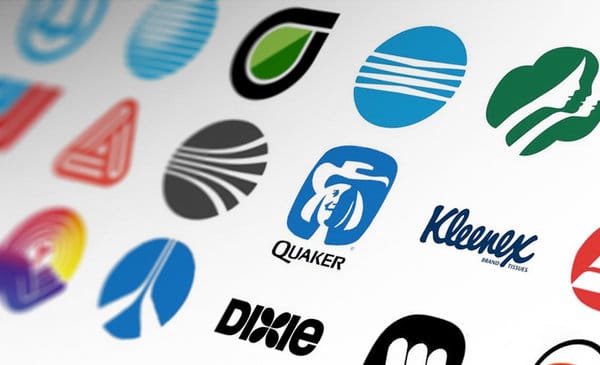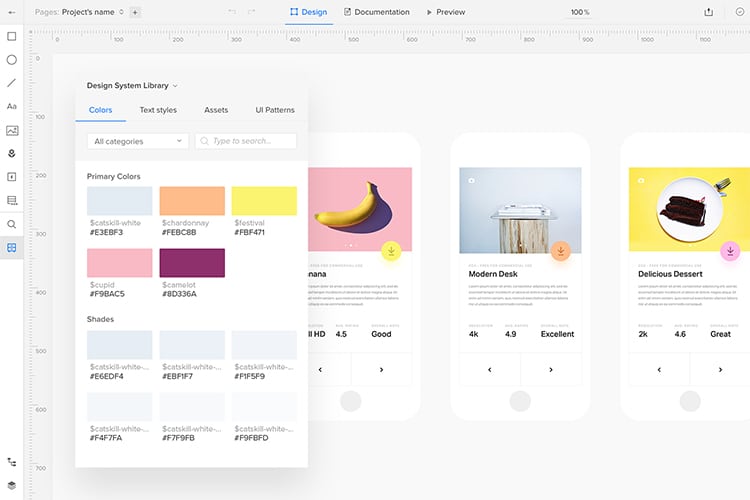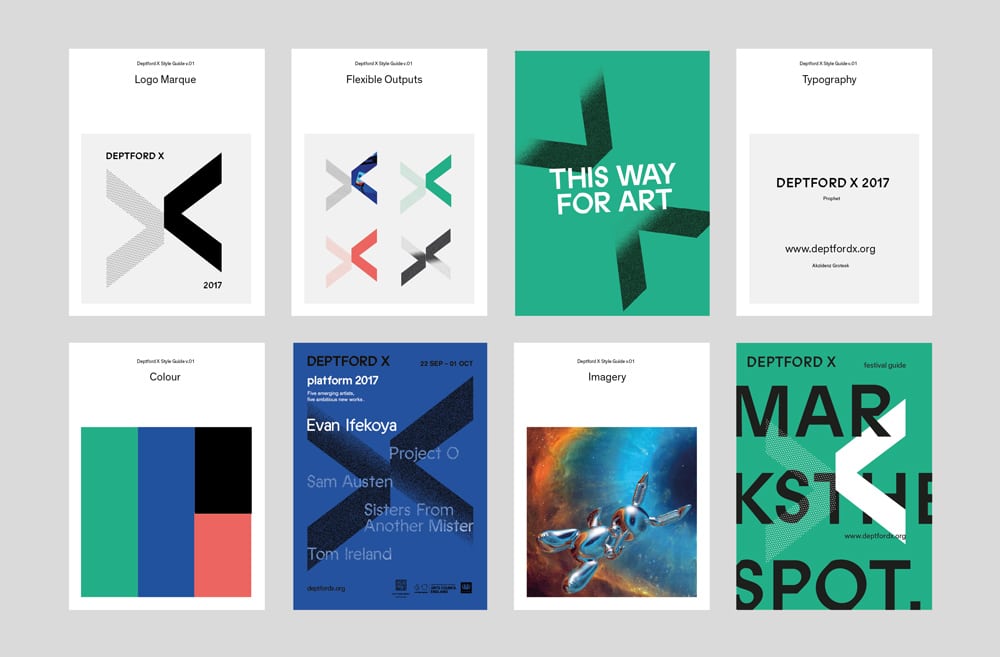Brand in its true essence is a unique design, a combination of words, a sign, a symbol, or a combination of any of the aforementioned, employed in creating an identity for a product or service that makes it different from its competitors. Or simply put, it is a visual representation or an image of the company that people can relate to.
To create a brand identity for a business, designers have to dive deep into the story behind a brand. By understanding the overall message, emotional appeal, target audience, competitors, and the core values of the company, designers are able to develop a thoughtful visual representation that connect to the masses. To break this down further, let us try to define a brand and then its identity. A brand is a perceived image of the company and the subsequent emotional response to its products and services. Whereas an Identity describes the visual devices used to represent a company. Identity systems are a compilation of style guidelines and framework used to create the visual representation. Large brands and companies usually have an identity system in place and use this to keep their visual identity cohesive and consistent.
1. Understanding the company, its personality, and design brief
To develop a successful brand, it is important to understand the priorities and goals of the company. It is important for the company to set up its priorities and values at the start point so that the designers working on branding have a visual map to follow. Here are a few foundational questions and key dynamics to consider before you begin your process.
- What is the story of the brand?
- How is the brand perceived against its competitors in the market?
- Who is your audience? What are their behavioral patterns?
- What values and beliefs do the brand hold about the business and its mission statement?
- It is also helpful to ask for 4-5 keywords describing the business
Role of psychology in design is also quite potent. It is helpful to understand the behavior of the user and their possible reactions to the design. If the designer manages to ask the right questions, she is able to design a style guide based on the clients wish.
 2. Understanding the market and the user
2. Understanding the market and the user
The second stage of branding design is user and market research. In this step, designers research the market, identify trends, competitors and collect other relevant information to help drive their creation process. Once they have the necessary data in place, they can move on to create the logo and start building a brand identity.
The Brand is built for the user. It has to capture the user’s attention and have the potential to build a relationship with them over time. So when building a brand, it is important to understand the user, their psychological behaviors and preferences. In doing so, designers are able to create an identity that is able to connect people emotionally and in effect be trustworthy.
3. Logo Design & Research
Logo design is an important stage that can’t in anyway be overlooked when creating a brand. The logo is the brand’s identity and the image that represents the company in the marketplace. So the role of a logo design is an essential stage in the creative design process. Designers usually start this step of the process by researching the market, exploring shapes and variations, color and typography and various other design elements that directly connects these symbols to the company and their story.
By understanding the market and the user, designers are able to set a style direction and narrow down the color palette for the design. Once the logo is created, it is important to test it on various environments. What looks good digitally may not look have the same effect on various other surfaces. So it is necessary to test the logo before finalizing the design.
4. Design Elements of a brand
Typography
Typography plays a huge role in setting the tone and style of a brand. To be able to effectively communicate the brand’s persona, the shape and the design elements of the logo should inform the choice of the typeface. It is easy to stylize the chosen typeface in a variety of ways. So choosing one typeface over another need not necessarily have to be a limiting constraint. Banners, business cards, stationery, and other correspondence should incorporate this design element to keep the brand identity consistent and cohesive across all platforms. This way designers make the font speak for your brand.
Mascot and other character illustrations
Mascots are character representations that represent the brand. Companies have a found a way to personalize their brand by using mascot and character illustrations. By humanizing these symbols, designers are able to make these custom design characters form a connection with their users.
They can be used as a part of the logo or as a separate brand element. They are able to easily communicate the brand’s message to the user and their unique representations capture the user’s attention and make them memorable.
5. Creating design systems and development of a brand style
In order to create beautiful visual stories and representation, designers have to work with the nuances and details of a design. The goal is to create an enjoyable visual experience for the user and to be able to do this, designers have to pay attention to the visual hierarchy, layout, order of content, their placement and how the user is able to navigate this scene effortlessly. Once you have the logo, mascot, typography, style direction and color palette in place. You are able to create a harmonious visual system that can be used across different collaterals and platforms.
6. Style Guide
Once the individual designs are completed. It is time for designers to develop a style guide with all the color schemes and digital assets that they have designed over the course of their time with the company. It is important to have these assets in one place to ensure their proper use. A brand is all about introducing yourself to people through a series of visual representations. Developing a style guide and using it properly will help ensure a cohesive and consistent presentation.
The post Brand Identity Design: a 6-Step Creative Process appeared first on Web Design Blog | Magazine for Designers.
via https://ift.tt/2EdKr4c

 2. Understanding the market and the user
2. Understanding the market and the user




No comments:
Post a Comment